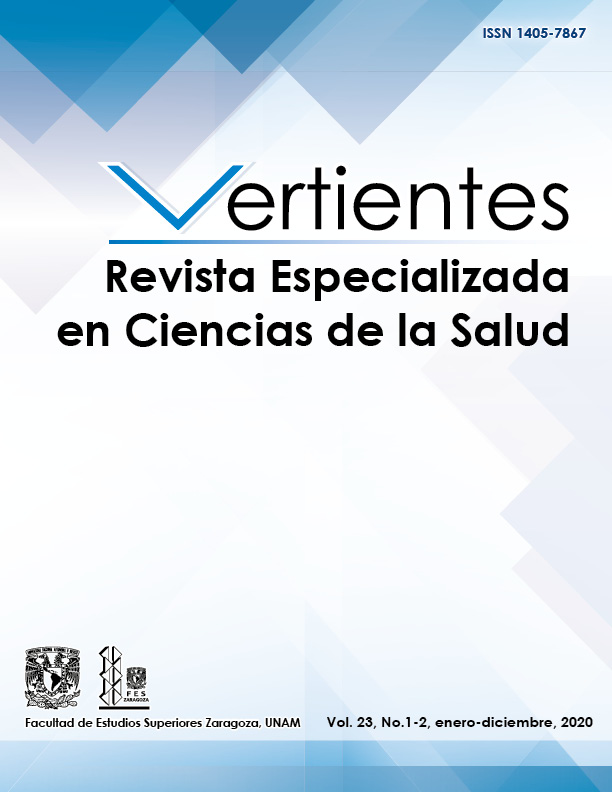Detection of nutritional status in preschool children, using anthropometric indicators
Main Article Content
Abstract
Malnutrition is a public health problem that affects all ages and is more important in preschool population. In Ciudad Nezahualcóyotl, the prevalence of malnutrition has had an upward trend. The purpose of this study was to know the nutritional status of children under the age of five, according to the anthropometric indicators. The study population was made up by students who attend two preschool education schools located in Ciudad Nezahualcóyotl. The children, who previously had the informed consent of their parents, participated. A type II survey was used in accordance with the World Health Organization. Anthropometric indicators were evaluated; weight-for-age, weight-for-height, height-for-age, Waterlow, and Body Mass Index. 354 children were evaluated, it was found that 31 (8.75%) had some degree of malnutrition, and 52 (15.2%) were overweight or obese. The other children presented a normal nutritional status. Proper nutrition promotes optimal child growth and development. It allows adequate psychological function, facilitates learning, improves memory, motivation, perception and good school performance.
Article Details
How to Cite
Morales González, F., Cabrera Jiménez, M., Andrade Cabrera, I. A., & Torres Pineda, N. V. (2021). Detection of nutritional status in preschool children, using anthropometric indicators. Vertientes. Revista Especializada En Ciencias De La Salud, 23(1-2), 65–73. Retrieved from https://revistas.unam.mx/index.php/vertientes/article/view/81037
Citas en Dimensions Service

Vertientes by Universidad Nacional Autónoma de México is licensed under a Creative Commons Reconocimiento-NoComercial-SinObraDerivada 4.0 Internacional License.
Creado a partir de la obra en http://www.zaragoza.unam.mx.

